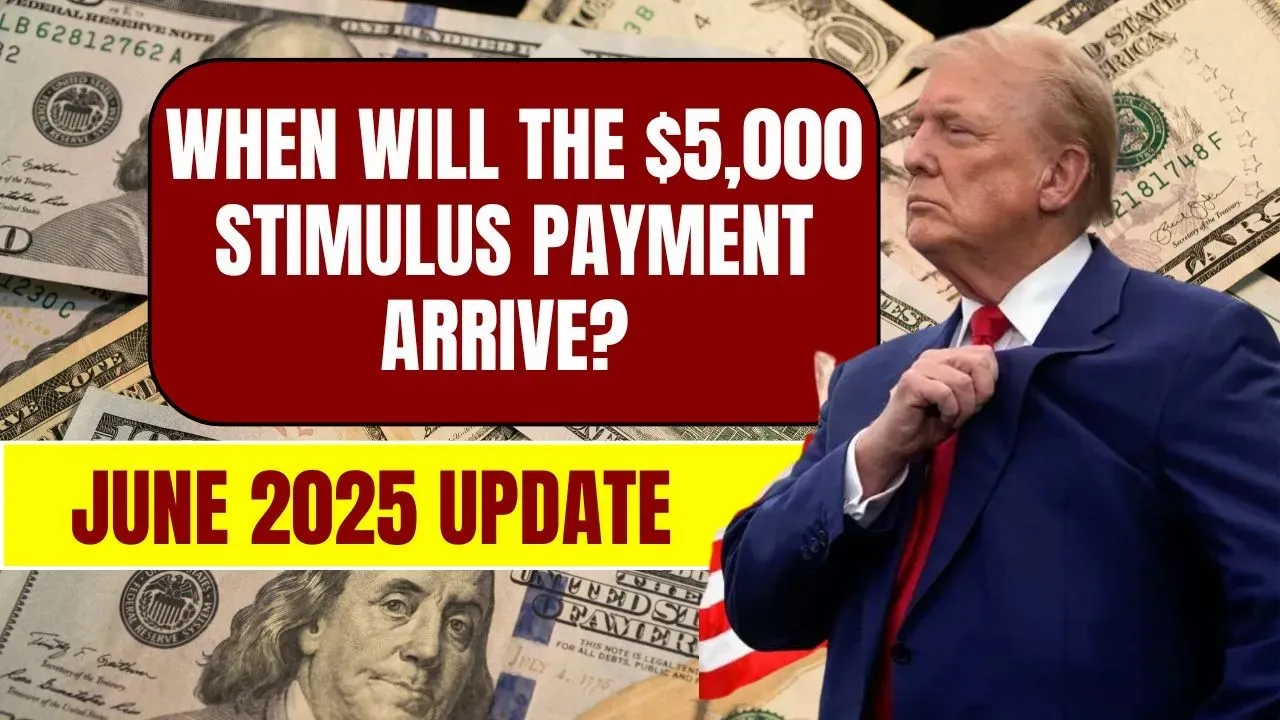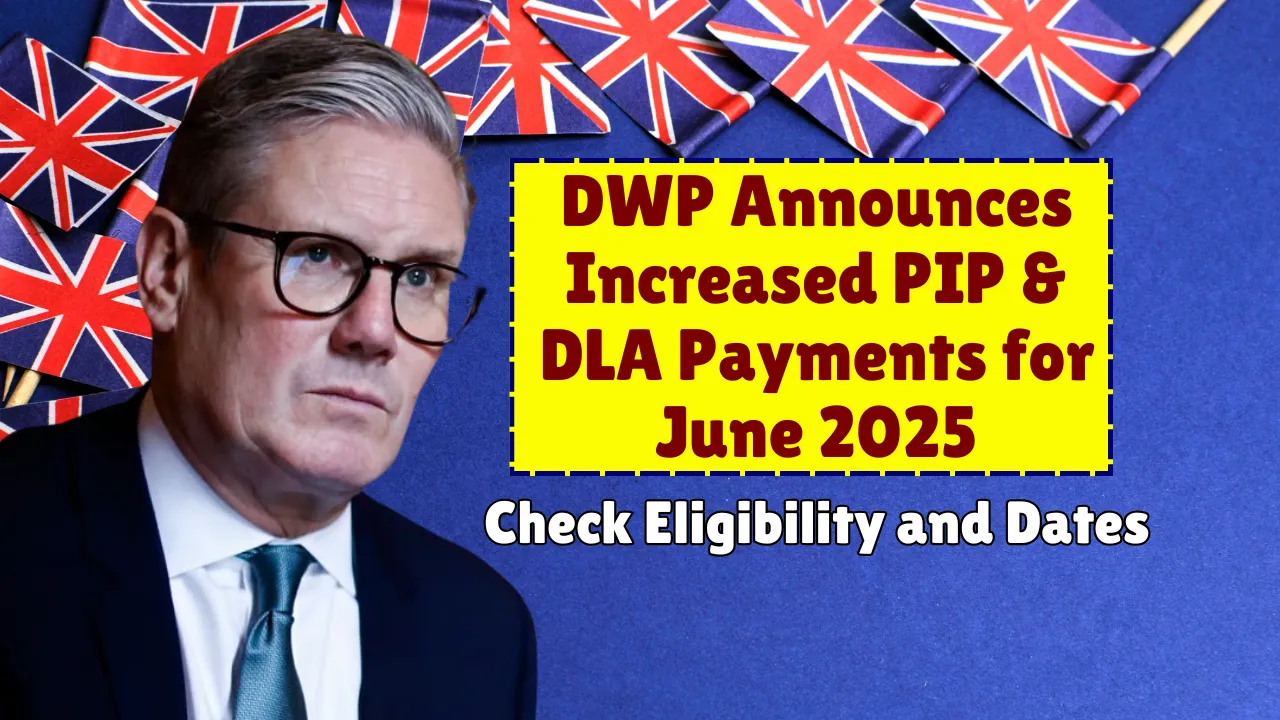The buzz around a potential $5,000 stimulus payment has reignited in May 2025, as talks about a new form of economic relief continue in Washington. The idea of a one-time payment per household, dubbed the “DOGE dividend,” is gaining traction again despite the lack of official confirmation. Promoted by prominent figures and fueled by public interest, this proposed payment has become a major topic across social media and political discussions.
Although nothing has been formally approved, the possibility of this payment remains open. The plan revolves around a refund from government savings by the Department of Government Efficiency (DOGE), which is currently headed by Elon Musk. If DOGE reaches its savings goals, taxpaying households could receive a substantial benefit. This article offers a full update on the status of the $5,000 stimulus payment, including expert insights, challenges, and the latest developments.
$5,000 Stimulus Payment: Current Status in June 2025
The concept of the $5,000 stimulus payment originated from James Fishback, CEO of Azoria Investment. He proposed that if DOGE achieves $2 trillion in savings by reducing government waste and inefficiencies, 20% of those savings should be returned to taxpayers. That would mean $5,000 for each of the estimated 78 million taxpaying households in the U.S.
This ambitious idea has received positive signals from high-profile names, including President Donald Trump. However, the plan still faces significant legislative and financial hurdles. Most notably, DOGE has only saved $160 billion so far—far from the $2 trillion target. This level of savings would only translate to about $993 per household, a far cry from the promised $5,000. Despite this, optimism persists among supporters.
Overview Table: Key Details About the $5,000 Stimulus Payment
| Element | Details |
| Focus Keyword | $5,000 stimulus payment |
| Proposal Originator | James Fishback, CEO of Azoria Investment |
| Main Supporters | Elon Musk, President Donald Trump |
| Responsible Agency | DOGE (Department of Government Efficiency) |
| Required Savings Goal | $2 trillion |
| Current Savings Reported | $160 billion |
| Potential Amount at Current Level | $993 per household |
| Payment Scope | Only for households that pay more in taxes than they receive in aid |
| Status | No official approval; still under discussion |
| Next Steps | Legislative approval and DOGE savings progress |
DOGE Dividend Continues to Generate Expectations
The “DOGE dividend,” also referred to as the DOGE stimulus, remains a talking point among taxpayers. Fishback, who has actively been advocating for this initiative, emphasizes that the money rightfully belongs to the taxpayers. His argument centers on the idea that citizens deserve a share of the government’s cost-cutting benefits.
The proposal gained further legitimacy when Musk publicly supported the concept. President Trump has also voiced approval, calling the idea “significant.” Still, these endorsements do not equal legal confirmation. Without a bill passed in Congress, the payment is still only a possibility.
President Donald Trump Was Also Supportive of the Initiative
In his recent public comments, President Trump said the payments “could be significant.” He highlighted the idea of giving back a portion of funds saved from reducing waste and inefficiencies in federal programs. Trump’s backing has added weight to the proposal, though no legislation has been introduced.
While support from a sitting president increases visibility, it’s important to understand that executive approval alone cannot make the $5,000 stimulus payment a reality. Approval from both the House and Senate would be required to turn this idea into law.
The Plan Faces Several Major Hurdles
Despite support, the plan is far from certain. First, Congress must approve any legislation related to this payment. Second, DOGE would need to reach the enormous $2 trillion savings mark. As of now, they are at just $160 billion—less than 10% of the goal.
At the current savings level, the payout per household would only be around $993. That’s a sharp contrast from the original promise of $5,000. Supporters still believe it’s possible, but the financial gap raises serious questions about whether the plan is feasible.
Some Remain Very Optimistic
James Fishback remains one of the most vocal advocates of the $5,000 stimulus payment. In a recent interview with Chris Cuomo, he said he had been meeting with several lawmakers and felt optimistic about the initiative’s future. According to him, the support in Congress is growing, though still informal.
Additionally, finance expert Andrew Lokenauth pointed out that many federal initiatives continue even when leadership changes. With Elon Musk expected to exit DOGE later this month, Lokenauth noted this does not necessarily end the plan’s chances.
There Is a Precedent
Supporters of the stimulus point to historical examples to justify their optimism. During the COVID-19 pandemic, the U.S. government issued three stimulus checks: $1,200 in March 2020, $600 in December 2020, and $1,400 in March 2021. These payments provided emergency support to millions and proved that the government is capable of rolling out mass payments when necessary.
However, the DOGE proposal is different. It’s not based on an emergency or a public health crisis but rather on theoretical savings from improved efficiency. That makes it a much harder sell in Congress.
FAQs
Is the $5,000 stimulus payment confirmed?
No. The payment has not been approved and remains a proposal.
Who would receive the payment?
Only households that pay more in taxes than they receive in benefits.
How much has DOGE saved so far?
Around $160 billion—far from the $2 trillion goal.
When will the payment arrive?
There is no official date. Approval is needed from Congress, and savings must increase.
Final Thought
The idea of a $5,000 stimulus payment continues to spark interest and debate. While the plan has high-profile support and the backing of financial advocates, it faces major challenges—both political and financial. For now, it remains just that: an idea. If you’re following this development, be sure to stay updated through official sources. Share your thoughts below or explore your financial future with our tools and resources.
















